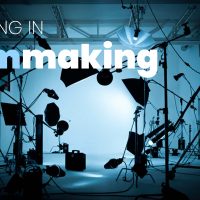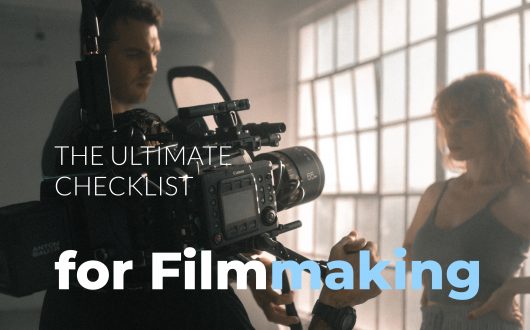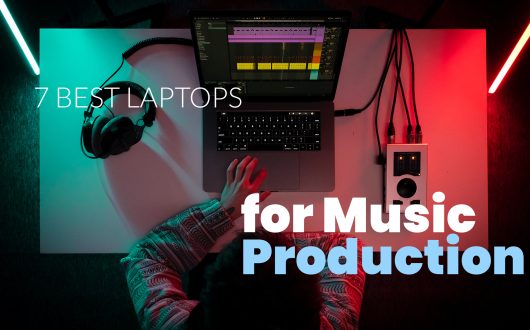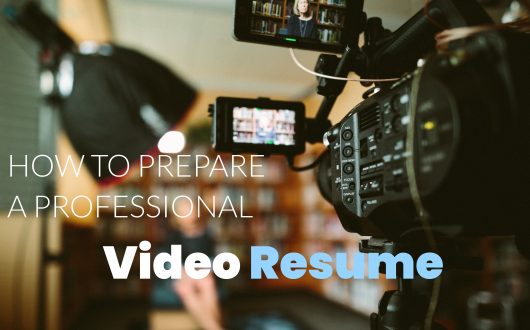
The Audio Buzz Blog

The Best Budget Cameras for Filmmaking in 2025
In filmmaking, anything is possible, whether you are trying to mirror real life or create an entirely new reality. Fact or fiction, the only rule is that the audience must believe it enough to engage emotionally. The thing that makes filmmaking so powerful is the connection between audio and video. What the audience sees and what they hear determines how they feel. This measures the success of your film (artistically speaking at least). In theory, with so many ways to share creative work now, the only boundary is your imagination. In reality, the cost of equipment often overrules imagination. Luckily, with the rise of young filmmakers and vloggers, more high-quality cameras are now widely affordable. We looked at the different types of cameras available on a budget and what they do best. Our best budget cameras will give you some clear options to suit your project and your budget.
What Type of Camera is Best for Filmmaking?
There is no straightforward answer to this question; it depends on your budget and the type of content you want to film.
The most commonly used cameras in budget filmmaking are DSLR, mirrorless, and camcorders.
There are arguments for using each so you must understand what you need from a camera to make the best choice.
DSLR Cameras and Mirrorless Cameras
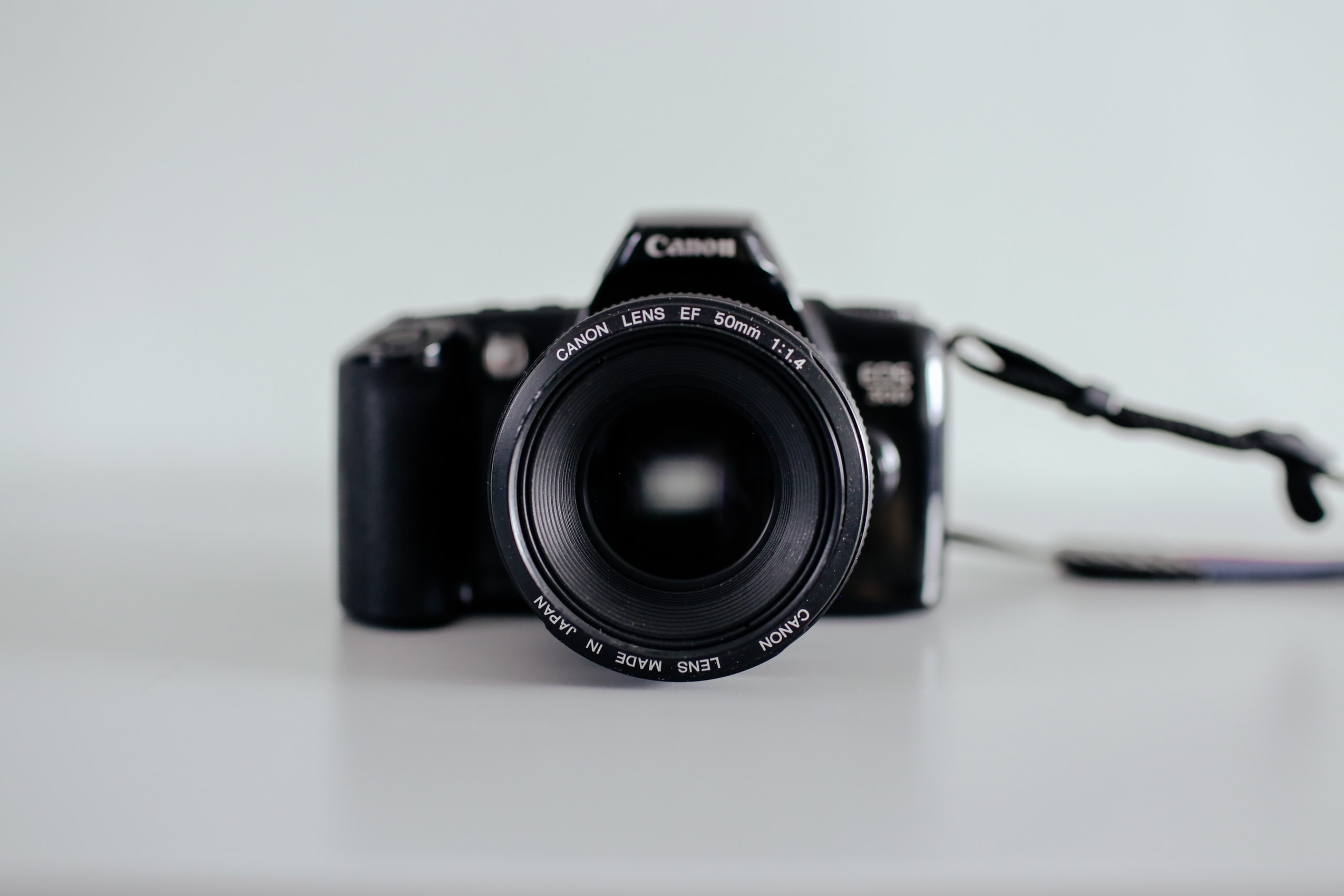
Photo by Thomas AE on Unsplash
DSLR and mirrorless cameras are by far the most popular with filmmakers on a tight budget.
When you can’t afford multiple specialist cameras, versatility is essential, and that’s what these cameras offer.
Both DSLR and mirrorless cameras are capable of taking fantastic stills and video without breaking the bank.
DSLR cameras are based mostly on the design of the traditional 35mm film camera from the late 19th century.
A mirror (reflex mirror) reflects the light that enters the lens up to a prism then into the optical viewfinder (Speaking of older technology, we think it’s super advantageous to experience film photography while or before using digital cameras in general)
This simple but revolutionary technology is what allows you to preview your shot in the viewfinder.
When you are ready to take your shot, press the shutter button and the mirror flips up.
With the mirror out of the way, the light hits the image sensor and captures your shot. In video mode, DSLRs reflex mirror is always up.
A mirrorless camera, as the name suggests, doesn’t use a reflex mirror. Instead, light enters the lens and goes directly to the image sensor.
A preview of your shot is shown on an LCD screen and sometimes a digital viewfinder.
The downside of not having an optical viewfinder is that the constant use of an LCD screen and/or digital viewfinder drains battery life faster.
However, you should be aware that a DSLR camera cannot use its optical viewfinder in video mode because the reflex mirror must remain up for continuous shooting.
So DSLR cameras have the advantage of longer battery life in photo-mode, but both have to rely on the LCD screen for video previews.
Both of these cameras are considered ILCs (interchangeable lens cameras). As the name suggests, both cameras have the capacity to swap one lens for another, which means you can use specialist lenses to get the perfect shot!
The most noticeable difference between DSLR and mirrorless cameras is the size.
DSLR cameras are larger because they have to house the reflex mirror, and mirrorless cameras have the luxury of being more compact.
There are advantages and disadvantages for both. Let’s start with the obvious ones.
Mirrorless cameras are more comfortable to travel with; they are lighter and allow more space in your bag for accessories.
On the other hand, there are fewer accessories available for mirrorless cameras (lenses, etc.)
The lack of interchangeable lenses for mirrorless cameras is one of the reasons why many professionals still prefer DSLRs.
Another reason some people prefer DSLRs is that they have a more substantial grip area, which can be useful when shooting without a stabilizer or tripod.
A Brief Explanation of Autofocus
DSLR cameras used to have a clear advantage when it came to autofocus.
The reason they had the upper hand is that they use phase detection rather than contrast detection.
Mirrorless cameras, for some time, only offered contrast detection.
In simple terms, phase detection works by a prism splitting an image into two.
If the divided images line up, then your image is in focus.
This method allows the phase-detection system to tell the camera lens which way to focus accurately, and by how much.
Contrast detection works by analyzing pixels on the image sensor to find the point where contrast is highest.
The lens has to focus back and forth to find the highest contrast, searching for the best position.
That’s why you sometimes see that blurriness come and go around the center of your shot.
Contrast detection can be especially slow in low-light environments.
Phase detection is a faster and more accurate method of autofocus.
Mirrorless cameras now offer both types of autofocus and in some cases, do it better than a DSLR.
We have explained the basics, but you can learn more about phase detection vs. contrast detection.
Now, here’s the bad news. DSLRs can’t use phase detection when the mirror is up in video mode.
The consensus is that modern mirrorless cameras shoot better video than DSLRs because they can use phase detection in video mode.
Although mirrorless cameras are not inherently better than DSLRs or vice versa, each camera has to be taken on individual merit.
Camcorders
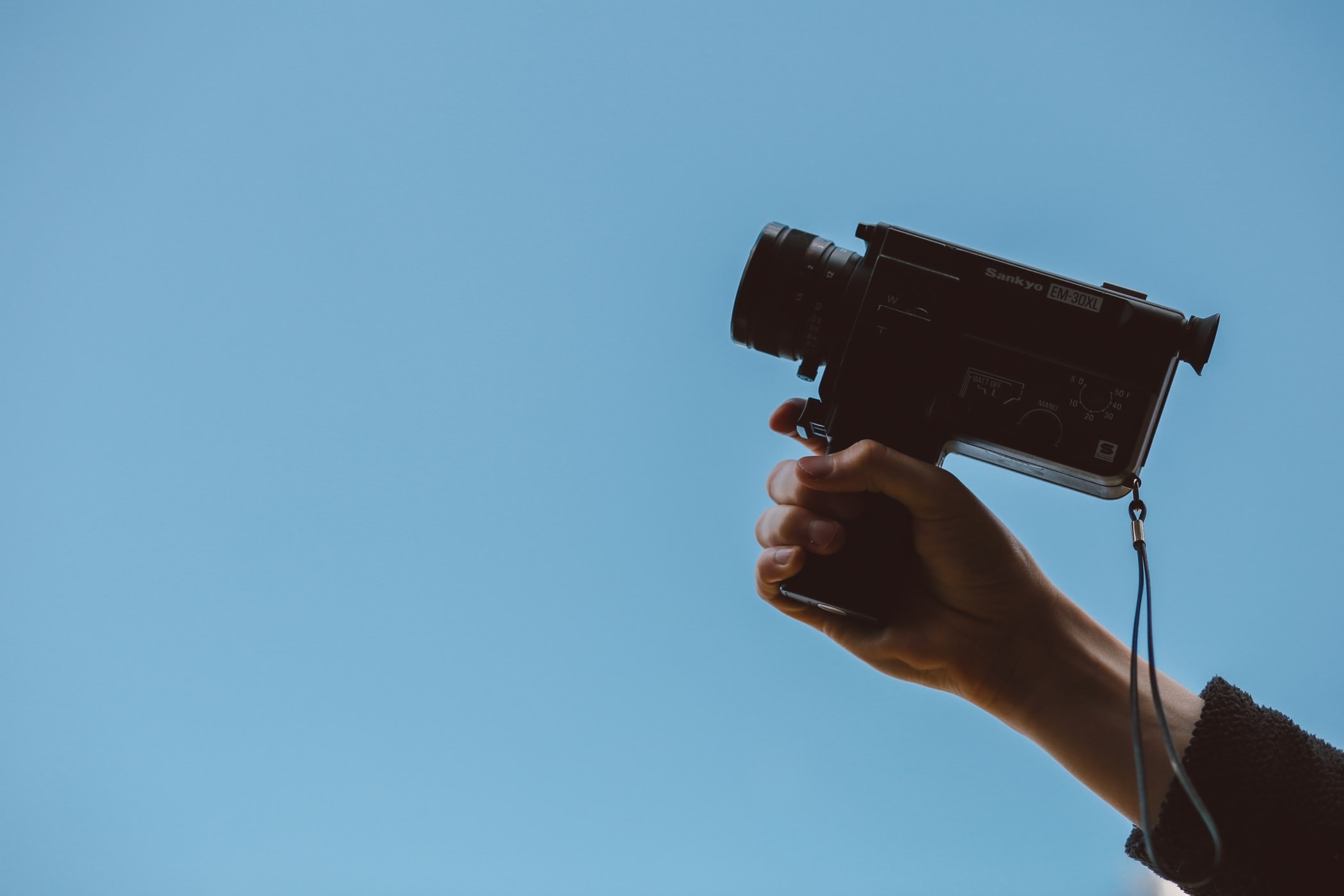
Photo by Thomas William on Unsplash
A camcorder records video in different digital formats.
The lens focuses incoming light onto an image sensor that converts the light into voltages.
The voltages are then converted into a digital signal that can be stored on flash memory cards or other storage devices.
As a mirrorless camera, digital camcorders use an LCD screen and/or a digital viewfinder to preview images/videos.
It’s occasionally thought that camcorders cannot take stills, even though they can – but often in far inferior quality.
What they lack in versatility, they make up for in superior video/audio quality.
The reason they offer better audio quality is that they often have XLR inputs that let you connect external pro-grade microphones.
Another reason for choosing a camcorder is that they tend to be easier to use than other camera types if you only want to shoot video.
Action Cameras
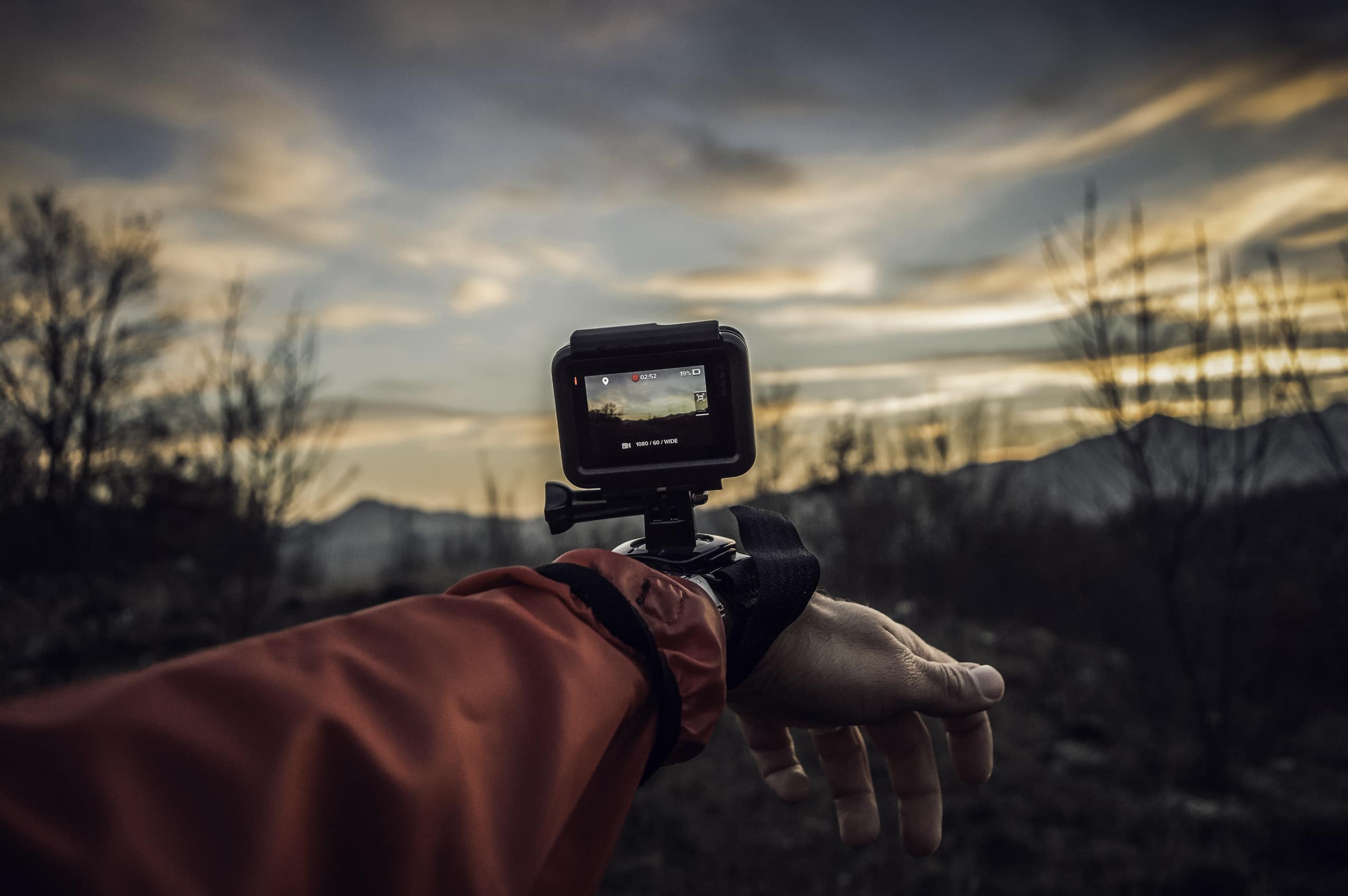
Photo by Fabrizio Verrecchia on Unsplash
When we talk about action cameras, we mean things like the GoPro Hero range, Zoom cameras, and Sony’s FDR range.
Action cameras are never going to compete with DSLR, mirrorless cameras, or camcorders. They are purpose-built to film the things that other cameras can’t.
They work just like any other camera, but you usually trade some image quality for build quality.
These cameras have to be robust and ready for anything.
They come with a wide range of accessories, like attachments for helmets, clothing, etc.
That is the whole point; regular cameras capture the action as a spectator, action cameras shoot from inside the action.
What to Look Out for When Choosing a Camera
Workflow
When you are buying any equipment as part of a creative process, you have to think about workflow.
It has to be easy to use, fast, and comfortable.
Figure out what are the essential functions for you, then look at how easy it is to reach them.
You don’t want to be menu-diving continuously for a function you use a lot.
This slow workflow will waste time and kill the creative flow.
Lens
In most budget filmmaking, the wide-angle setting is going to be used more than anything else.
So, the first thing you have to find out is how far the lens can zoom out.
Obviously, the more you can zoom out, the closer you can physically get to the action.
Some cameras have a vast selection of compatible lenses, and some don’t, so make sure you look into the available options.
You don’t want to buy a camera with a lens that’s perfect right now, but in six months when you need a different style, there would be nothing available.
Check out some of the most popular interchangeable lenses.
Image Stabilization
Image stabilization is primarily needed when you are shooting handheld without a tripod.
If you are filming events, walking around with your camera, this is one of the most crucial features.
Not all cameras have built-in image stabilization, so think about how much you are going to need it.
Video Quality
Is it full HD? (1080p) Is it Ultra HD? (4K, 6K, and beyond)
Which one is best for you? – The higher the quality, the bigger the file.
It could be said that if you are only creating online content, your need for 4/6K video is much less.
This is true in some respects, but again it depends on your specific needs.
YouTube, and other online video platforms, support 4K video, but these larger files can take far longer to upload and process.
If you are a frequent uploader, this extra waiting time could be a serious issue, and between filming, editing, and uploading, time is precious.
It could also be argued that most people will be watching online content on a smartphone, tablet, or laptop, and won’t see the full benefit of 4/6K video.
Having said that, smart devices and laptops are advancing rapidly and ultra HD screens on portable devices are getting better all the time so that argument will fade soon.
Our advice is to focus on what you do and how often you do it.
If you shoot any kind of cinematic/dramatic content then 4/6K video will be a massive advantage for you, and well worth the extra upload time.
If you shoot typical vlogger type content which consists largely of you speaking to the camera or reviewing a product, 1080p should be more than good enough, and save you a lot of time.
That doesn’t mean avoid a 4/6K camera if you only film online content, it means don’t let the lack of 4/6K video put you off an otherwise suitable camera.
Sound
Most cameras, whether DSLR, mirrorless, or camcorder, usually won’t have great sound.
The built-in microphones tend to come with a lot of unwanted noise. Ideally, you want a camera with an input for an external microphone.
If audio is critical to you, then you might want to choose a camera with XLR inputs.
It’s also a good idea to monitor your audio as you go so that you can make adjustments on the fly.
To do this, you’ll need a camera with a headphones input.
We can’t discuss sound without mentioning our massive library of royalty-free music and exclusive Video Preview Tool.
Here are our Best Budget Cameras For Filmmaking
Panasonic Lumix S5 II
Type: Mirrorless Sensor: Full-frame Resolution: 24MP Movies: 6K at 30p
The Lumix S5 II is the sequel to one of the best cameras in recent years and comes with some significant improvements.
The build quality stands out immediately; it’s not a large camera by any means, but everything feels solid and robust.
The S5 II isn’t a beginner’s camera, but it’s straightforward enough for anyone to use, with ample dedicated buttons and dials.
One of the star features is Panasonic’s phase detection autofocus for video; it’s incredible for handheld shooting.
The sensor’s full 3:2 aspect ratio is another fantastic feature; it provides versatility you don’t get from every mirrorless camera.
The 6K/30p video looks incredible, and the colors are vivid and true.
It’s an ideal camera for any indie filmmaker with unlimited recording times.
Pros
- Phase detection autofocus for video
No loss of detail at narrow aspect ratios
Tactile interface
Unlimited recording times
Cons
- 1.5x crop at 4K/60p
It’s not the best-looking camera
Fujifilm X-M5
Type: Mirrorless Sensor: APS-C (Super 35) Resolution: 26MP Movies: 6K/30p open gate
If you want 6K footage on a budget, look no further than the Fujifilm X-M5.
This entry-level mirrorless camera suits beginners and has enough premium features for experienced users.
The X-M5 shoots 6K, 10-bit video (open gate) with a 26MP Super 35 (APS-C) CMOS sensor (3:2 aspect ratio).
Open gate versatility makes the X-M5 perfect for feature film projects and social posts narrower than the typical 16:9 perspective.
It also has a handy 9:16 vlogging mode in full HD.
The X-M5 is a smart move by Fujifilm because it doesn’t have much competition in its class.
The build quality isn’t that of a high-end camera, but it’s decent enough, and the retro styling looks terrific.
Pros
- Value for money
Small and lightweight body
Cons
- Not the best for handheld shooting
Build quality isn’t as robust as it could be
Panasonic Lumix GH5 II
Type: Mirrorless Sensor: Micro four thirds Resolution: 20.3MP Movies: 4K at 60fps
Panasonic’s Lumix GH5 II is an excellent choice for filmmakers and live streamers.
It offers an impressive range of 4K codecs and built-in wireless live-streaming capabilities.
The real strength of the GH5 II is its wide range of features.
You can record 10-bit 4:2:2 video internally or externally, with various frame rates available.
In addition, the camera features multiple anamorphic video resolutions and 12 stops of dynamic range for post-production.
The body design is fantastic; it’s weatherproof, lightweight, and compact but robust enough for most projects.
It does have one or two downsides: the small sensor isn’t ideal in low-light settings, and it’s not significantly different from the previous version.
Pros
- Value for money
Multiple 4K codecs
Built-in wireless live-streaming
Cons
- Autofocus isn’t perfect
Too similar to the GH5 mark 1
DJI Osmo Pocket 3
Type: Gimbal Sensor: One-inch Resolution: 8.3MP Movies: 4K/120p
The DJI Osmo Pocket 3 is the perfect camera for solo filmmakers and vloggers.
This little pocket camera offers around two hours of 4K video and plenty of fancy features.
New features include portrait filming, live-streaming support, and faster slow-motion frame rates.
However, the most significant upgrades are a larger (one-inch) sensor and a two-inch OLED display.
The larger sensor provides noticeably better performance in low-light settings.
Although small, the new OLED display improves the workflow by some margin over the previous version.
It also has the best stabilization in its class.
Pros
- Incredible stabilization
New OLED display
More robust design
Larger sensor
Cons
- Relatively expensive
GoPro Hero 13
Type: Action Sensor: Multi-aspect 8:7 Resolution: 27MP Movies: 5.3K at 60fps
If you want a camera that gets in the thick of the action, the GoPro Hero 13 is an excellent choice.
It features an impressive 5.3K camera and supports 10-bit log capture with an 8:7 aspect ratio sensor.
GoPro leads the way in many areas, including the outstanding HyperSmooth stabilization and waterproofing (up to 33ft).
While it’s not a complete departure from the previous model, and we’d like to see more upgrades, the battery life and heat dissipation (two vital elements) are better than ever.
You can customize/upgrade the GoPro Here 13 with a range of accessories, including new auto-detected lens mods.
Standout mods include the Ultra-Wide, Macro, and Anamorphic Lens Mods, which fit easily over the built-in lens with a newly designed mount.
GoPro is seeing stiffer competition in the action camera market, but for now, the GoPro Hero 13 is still a class leader.
Pros
- Industry-leading stabilization
Excellent video quality
Extensive range of accessories and lens mods
Waterproof up to 33ft
Cons
- Mods become expensive
Low-light performance could be better
Sony Alpha ZV-E10 II
Type: Mirrorless Sensor: APS-C Resolution: 26MP Movies: 4K at 60fps
The Sony Alpha ZV-E10 II is a fantastic compact vlogging camera with some premium features.
The ZV-E10 II has the same 26MP APS-C sensor featured in some of Sony’s high-end models.
That impressive sensor delivers ultra-sharp 4K video at up to 60fps, which is perfect for the low-budget filmmaker.
If you want to add some flair, you also get full HD slow-motion up to 120fps.
There’s no viewfinder, indicating that the ZV-E10 II is firmly aimed at filmmakers, not those looking for a flexible hybrid.
The workflow is user-friendly and aided by a three-inch fully articulating touchscreen.
A wide range of interchangeable lenses are available, making this little Sony more versatile than you might expect.
Pros
- Value for money
Interchangeable lenses
Excellent for vlogging and streaming
Cons
- Rolling shutter when panning
Blackmagic Cinema Camera 6K
Type: Mirrorless Sensor: Full-frame Resolution: 24.4MP Movies: 6K/36p
As the name suggests, the Blackmagic Cinema Camera 6K delivers outstanding cinematic footage.
The downside is that it has a steep learning curve, making it more suitable for experienced users.
Although, if you’re a novice, a five-inch tilting touchscreen makes life a little easier.
If you have the know-how, you’ll appreciate the workflow, and the fantastic 12-bit codec captures stellar raw video.
The full-frame sensor provides incredibly clean footage even in very dark conditions.
It’s not exactly cheap, but considering the high-end video quality, it’s still a relative bargain.
We’d love to see some more user-friendly features, like tracking autofocus and in-body stabilization, but it’s a gem for the right user.
Pros
- Exceptional 6K video
Great low-light performance
Proprietary 12-bit codec
Relative value for money
Cons
- Not very user-friendly
No tracking autofocus
Sony A6700
Type: Mirrorless Sensor: BSI APS-C Resolution: 26MP Movies: 4K at 60p
Sony’s A6700 is the dream mirrorless camera for any beginner filmmaker.
The A6700 features the same Bionz XR processor and AI-powered chip as the ZV-E1 and A7R V.
The AI-assisted auto-tracking is possibly the best in its class and the perfect feature for solo filmmakers.
The sophisticated subject tracking recognizes posture as well as subjects, meaning you’ll always focus on what matters most.
Sony has addressed previous issues with the effects of rolling shutter in the A6600, and this update performs much better.
Another beginner-friendly feature is the five-axis in-body stabilization.
It’s not one for the professionals, but with 4K 60p video, AI-assisted functionality, and the best battery life in its class, Sony’s A6700 is a bargain.
Pros
- Class-leading battery life
Great video quality
AI-assisted featured
Beginner-friendly
Cons
- Not for advanced users
Conclusion
Buying the right camera is one of the most impactful decisions you’ll make as an aspiring filmmaker.
In addition to impacting how the video looks, your camera impacts how you work, which could be the difference between a finished movie and a pipe dream.
Make sure your budget alone doesn’t dictate your choice; consider the features you need to boost productivity and allow you the most creative freedom.
Don’t forget to check out our article on the best video editing software in 2025.



